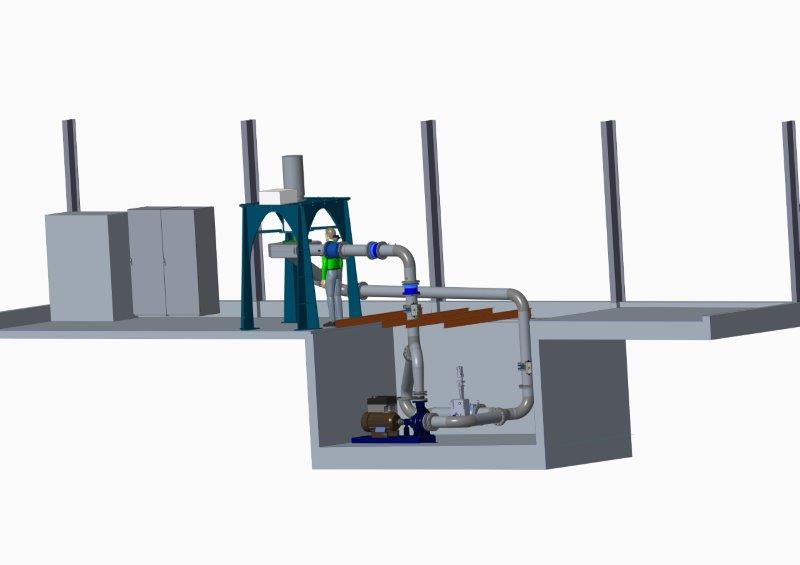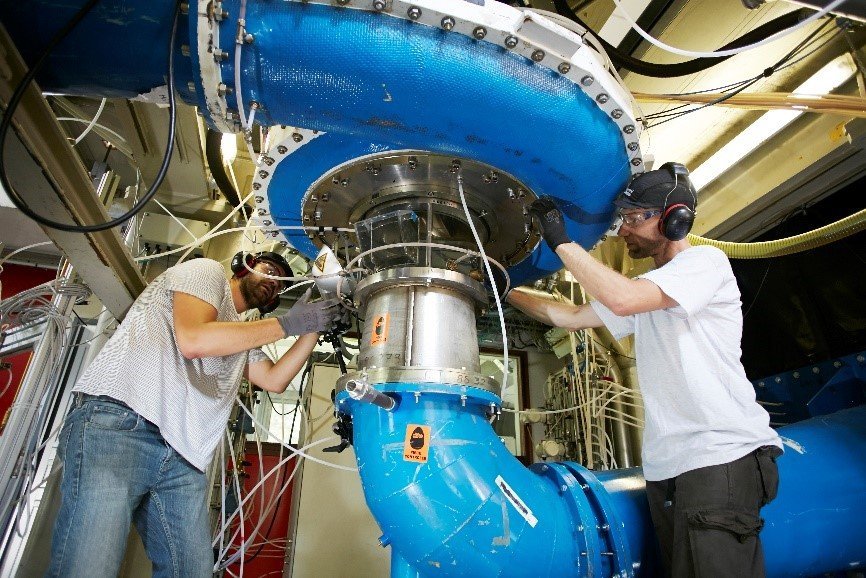LOLABAT project launches today: SuperGrid Institute leader of the work package “performance demonstration for stationary energy storage applications”
The LOLABAT project has been awarded a Horizon 2020 program grant by the European Commission and was officially launched today, the 19th of January.







